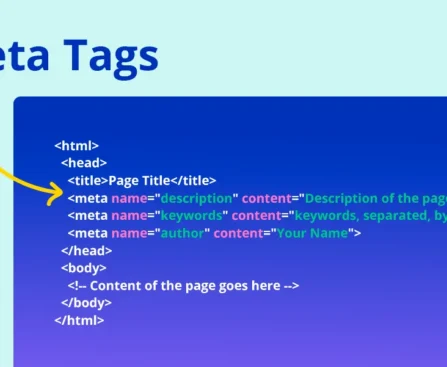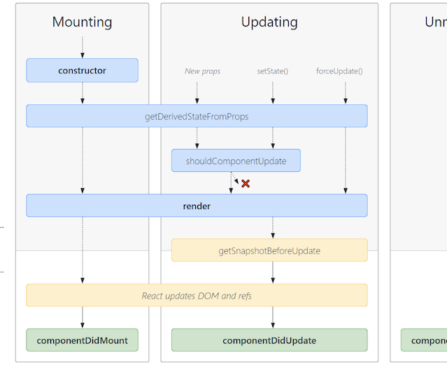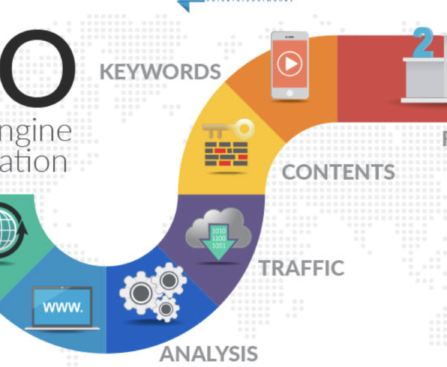Discover the pivotal role of meta tags in SEO with ‘MetaTags Unveiled.’ This insightful guide not only unravels the complexities of meta tags but also illuminates their crucial significance in search engine optimization. Gain invaluable insights into crafting meta tags that enhance your website’s visibility and drive organic traffic. Whether you’re a novice or seasoned […]
In React, lifecycle methods are special methods that are invoked at various points in a component’s lifecycle. These methods allow developers to perform actions such as initializing state, fetching data, updating the UI, and cleaning up resources at different stages of a component’s existence. Here’s an overview of the lifecycle methods in a React class […]
In a package.json file, both ^ and ~ are used to specify version ranges for dependencies, but they have slightly different meanings: Caret (^): Tilde (~): Comparison: Caret (^): Tilde (~): Recommendation:
List of some of the major features introduced in each version of ECMAScript: ECMAScript 1 (1997) ECMAScript 2 (1998) ECMAScript 3 (1999) ECMAScript 4 (never released) ECMAScript 5 (2009) – Examples ECMAScript 6 (2015) – Examples and W3 Examples ECMAScript 7 (2016) – Examples ECMAScript 8 (2017) – Examples ECMAScript 9 (2018) – Examples ECMAScript […]
SEO, or Search Engine Optimization, is the practice of optimizing your website and its content to improve its visibility and ranking in search engine results pages (SERPs). The primary goal of SEO is to increase organic (non-paid) traffic to your website by making it more appealing and relevant to search engines like Google, Bing, and […]
Lazy loading is a technique used to defer the loading of images and videos on a web page until they are about to enter the user’s viewport (the visible portion of the page). This can significantly improve page load times and reduce unnecessary data transfer. To implement lazy loading, you can use the loading attribute […]
Inline Critical CSS refers to the practice of including critical (above-the-fold) CSS directly within the HTML of a web page, rather than loading it from an external stylesheet file. This technique can help reduce the time it takes for a web page to render because the browser doesn’t have to make an additional HTTP request […]
Combining the Document Object Model (DOM) and the CSS Object Model (CSSOM) to create a Render Tree is a crucial step in the browser rendering process. Below is a simplified example illustrating how the DOM and CSSOM are combined: Let’s consider a simple HTML document: DOM Construction: The browser parses the HTML and constructs the […]
The Document Object Model (DOM) and the CSS Object Model (CSSOM) are critical components of web browsers that represent the structure and styling of a web page, respectively. Here, I’ll explain how the DOM and CSSOM are created and provide examples. Creating the DOM (Document Object Model): The DOM is a hierarchical tree-like structure that represents […]
Web page rendering optimization is crucial for delivering fast and responsive web experiences to users. Here are some techniques and best practices to help you optimize the rendering of web pages: Minimize HTTP Requests: Leverage Browser Caching: Use Content Delivery Networks (CDNs): Optimize Images: Enable Gzip Compression: Minimize Critical Render Path: Lazy Loading: Asynchronous Loading: […]









